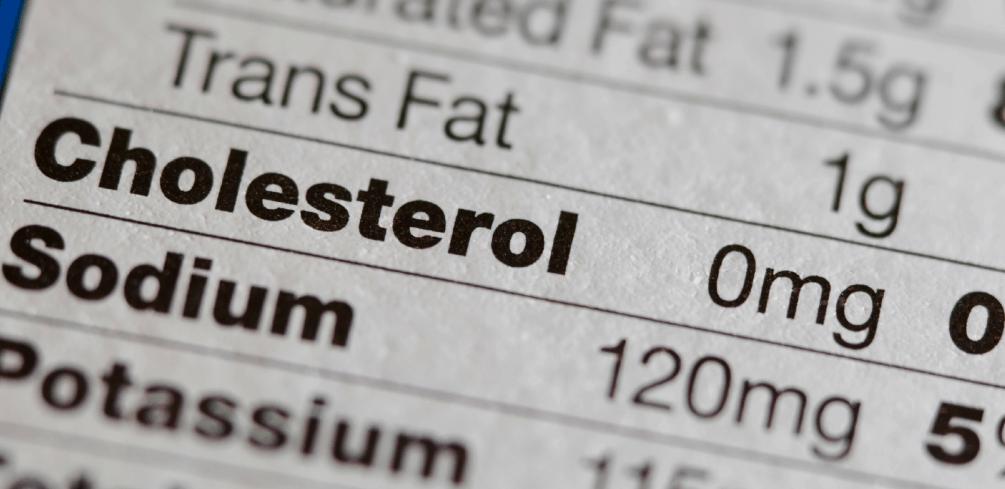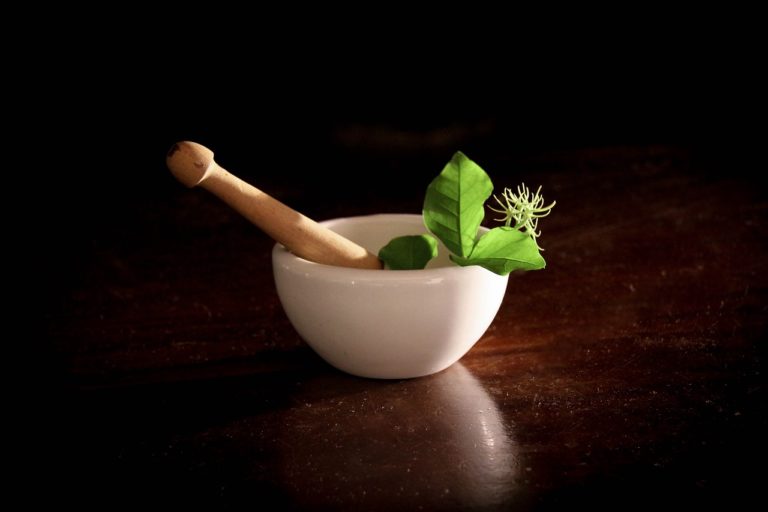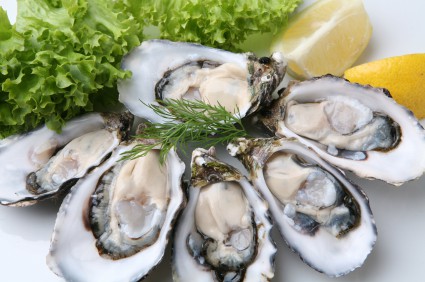Do you have high cholesterol? Then take Lipitor or another statin drug—or at least that’s what the drug commercials, pharmaceutical companies, and many doctors will tell you. Apparently 20 million Americans have been listening, because that’s how many people took some type of statin in 2011, according to IMS Health, making Lipitor the highest selling drug in the world with over $USD10 billion in sales!
But you have other choices, and among them is a natural supplement called red yeast rice which, interestingly enough, contains a statin component, yet it is not plagued by the same degree of side effects associated with statins. Here’s the story.
Lipitor and Other Statin Drugs
It’s hard to avoid the endless TV commercials and other ads touting the cholesterol-lowering virtues of Lipitor (atorvastatin), an aggressively marketed statin drug that had the distinction of being the number 1 selling prescription medication in the world, bringing in $15 billion for its maker (Pfizer) every year.
Lipitor, along with other statins such as fluvastatin (Lescol), lovastatin (Mevacor), pravastatin (Pravachol), rosuvastatin (Crestor), and simvastatin (Zocor), is in a drug class called HMG-CoA reductase inhibitors, so named because these drugs work by inhibiting the activity of an enzyme called hydroxyl-methylglutaryl-coenzyme A reductase, which is responsible for producing cholesterol in the liver.
When doctors prescribe a statin, they should also tell you to eat a low-cholesterol diet, get regular physical exercise, and lose excess pounds to reach and maintain a healthy weight. They should also explain the side effects and warnings the Food and Drug Administration (FDA) has mandated must appear on all statin drugs (see “Side Effects and Warnings for Statins”). Usually however, doctors just give you the drug and send you on your way, and back to your bad habits that may be causing the symptoms and high cholesterol.
Do Statins Work?
Each of the statins has a different impact on low-density lipoprotein (LDL), high-density lipoprotein (HDL), total cholesterol, and triglycerides. According to a drug comparison by Drug Digest, any of the statins can help lower LDL by 35% to 36%. However, the most potent of the statins–atorvastatin, rosuvastatin, and simvastatin–can lower LDL by 42% or more. These three statins also surpass the others in their ability to reduce triglycerides, while the impact of all the statins on HDL is similar. Fluvastatin is the least potent of the statins for all factors. Doctors generally prescribe a statin based on which factor(s) need to be addressed for each individual patient.
Statins may be an effective way to lower LDL and total cholesterol, but if you want to consider an option that is both effective and safe, then you should talk to your doctor about red yeast rice.
What is Red Yeast Rice?
While the FDA has declared war on Lipitor and other statin drugs by ordering warnings on the product labels, the agency has also turned its guns on what many experts consider to be an effective and safe natural alternative to statins–red yeast rice. For millennia, the Chinese have used red yeast rice for managing indigestion, poor blood circulation, and diarrhea, and in recent years it has gained recognition for its ability to lower cholesterol levels.
Red yeast rice is the product of yeast (Monascus purpureus) growing on rice. The resulting substance contains a mixture of naturally occurring compounds called monacolins that inhibit the synthesis of cholesterol. One of the monacolins, monacolin K, is also known as the statin drug lovastatin (Mevacor).
The FDA has ruled that supplements containing more than a small amount of red yeast rice cannot be marketed because the products would be considered unapproved drugs. However, red yeast rice has been studied in doses lower than the limit set by the FDA and has been found to be effective in lowering cholesterol.
Does Red Yeast Rice Work?
Andrew Weil, MD, founder and director of the Arizona Center for Integrative Medicine in Tucson, Arizona, has called red yeast rice “by far the most effective” natural supplement to lower cholesterol levels, and numerous studies support this positive light on red yeast rice.
In the Annals of Internal Medicine, for example, investigators reported on 62 patients with high cholesterol who were randomly assigned to take either three 600-mg capsules of red yeast rice or three placebo capsules twice daily for 24 weeks. All of the subjects also participated in a 12-week program that stressed nutrition, exercise, and stress reduction.
LDL cholesterol decreased significantly more in patients who took red yeast rice (21%-27%, an average of 35 mg/dL) compared with patients who took placebo (6%-9%, average 15 mg/dL). Total cholesterol levels also improved in patients who took red yeast rice.
According to cardiologist Dr. Ram Y. Gordon, who was on the research team, the amount of lovastatin the patients got from the red yeast rice in the study was only 6 mg daily, “which is really a tiny amount,” he said in a report on Drugs.com, and not enough to explain the drop in cholesterol seen in the study. He explained that the benefit from red yeast rice may be attributed to the combination of “nine or 10” other monacolins in red yeast rice, and “our theory is that these other monacolins affect cholesterol production in the liver.”
In a subsequent study, red yeast rice was compared with pravastatin in 43 individuals who could not tolerate other statins because they experienced severe muscle pain when taking those drugs. The participants were randomly assigned to take either 2,400 mg red yeast rice twice daily or 20 mg pravastatin twice daily for 12 weeks.
In the red yeast rice group, LDL cholesterol dropped 30% compared with 27% in the pravastatin group. The study’s authors concluded that “red yeast rice was tolerated as well as pravastatin and achieved a comparable reduction of low-density lipoprotein cholesterol in a population previously intolerant to statins.”
A more recent study published in the March 2012 issue of the Journal of Clinical Lipidology reported on the results of healthy individuals consuming a nutraceutical beverage containing 600 mg red yeast rice as well as other substances associated with lowering cholesterol (e.g., niacin, L-carnitine, vitamin C, coenzyme Q10, phytosterol esters). This beverage was compared with a similar drink but without red yeast rice and a placebo beverage.
The 59 adults in the study were divided into three groups and consumed their assigned beverage (4 oz twice daily) for eight weeks. At the end of the study period, subjects who consumed the beverage with red yeast rice saw their total cholesterol decline 14% and their LDL cholesterol drop by 17.8%. No significant changes occurred in these factors in the other two groups.
Statin Side Effects
Side effects most commonly associated with use of statins include constipation, diarrhea, gas, headache, joint pain, and muscle pain (myalgia), which can range from mild to severe and debilitating. In rare cases, use of statins can cause a life-threatening condition called rhabdomyolysis, which is characterized by muscle damage, kidney failure, liver damage, and in some cases, death.
Serious side effects that should be reported immediately to your doctor include muscle pain or tenderness, lack of energy, fever, chest pain, nausea, fatigue, unusual bleeding or bruising, loss of appetite, pain in the upper right portion of the stomach, flu-like symptoms, yellowing of the skin or eyes, rash, itching, difficulty swallowing or breathing, hoarseness, or swelling of the face, throat, lips, eyes, hands, feet, or lower legs.
Over the past few years, the FDA has issued several warnings about the use of statins. As of 2012, the warnings included the following:
- Increased possibility of cognitive effects. Memory loss and confusion may occur with use of statins and can be reversed by stopping use of the drugs
- Increased risk of type 2 diabetes. A study published in Lancet in 2010 reported that statins can increase the risk of diabetes by 9%. The Justification for the Use of Statins in Primary Prevention: An Intervention Trial Evaluating Rosuvastatin (JUPITER) trial showed a 27% increase in diabetes in patients who took rosuvastatin when compared with placebo.
- Risk of serious muscle disease (myopathy). Lovastatin should never be taken along with certain drugs used to treat HIV and some bacterial and fungal infections because the combination increases the risk of myopathy.
- Possible liver damage. Statins should be stopped if patients show signs of serious liver injury, hyperbilirubinemia, or jaundice, and statins should not be restarted if the drugs cannot be ruled out as a cause of these problems.
Red Yeast Rice Side Effects
Side effects associated with the use of red yeast rice include dizziness, heartburn, gas, and stomach discomfort. Some experts warn that because red yeast rice contains a small amount of statins, they could cause side effects similar to those of statin drugs. However, the available red yeast products and those used in published studies contain low amounts of monacolins.
Unlike statins, which contain a single monacolin, red yeast rice provides a mixture of monacolins, and this combination interacts with the body more readily and is less likely to cause adverse effects, according to Dr. Weil. On his website, Weil notes that he has observed excellent results from patients using red yeast rice.
So why does the FDA not allow its use? And why are they labeling it as an “unapproved drug”? It might have something to do with the fact that its natural, cheap, safe and most likely, because its not made by Pfizer (which would otherwise be threatened by a natural product that does the same thing as a $15 billion drug).
Red Yeast Rice Dosage
Whether you take red yeast rice or a statin, Dr. Weil recommends taking daily supplements of coenzyme Q10 (CoQ10), because both products can inhibit the body’s production of the coenzyme.







